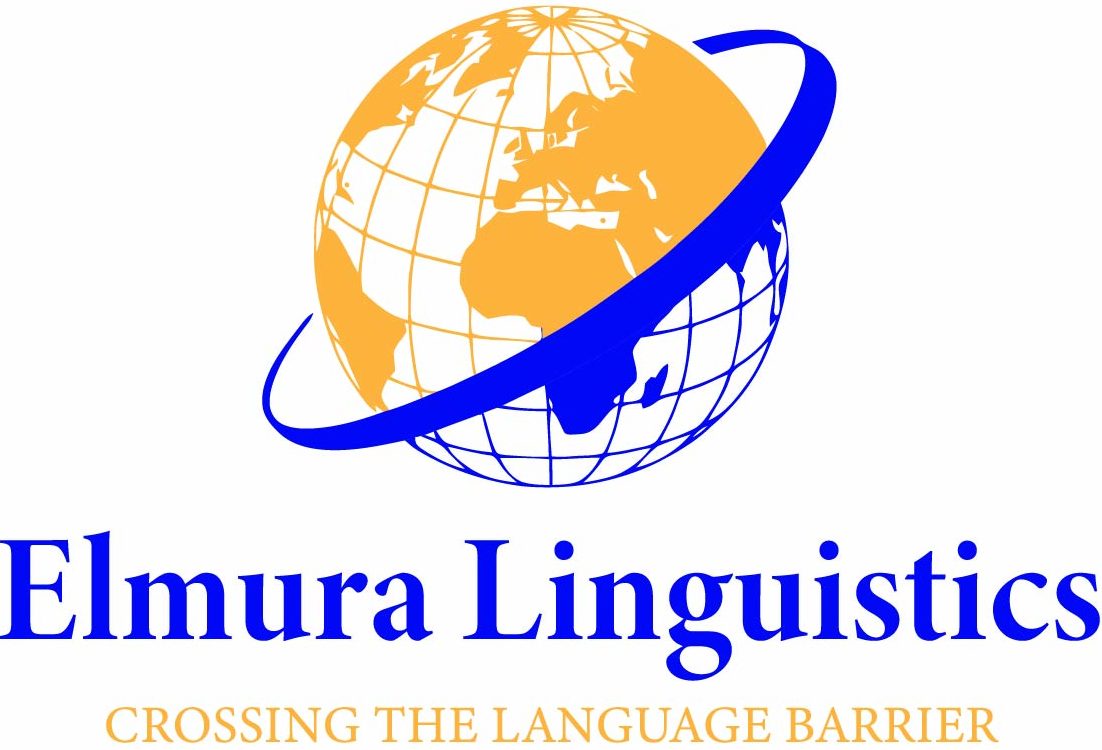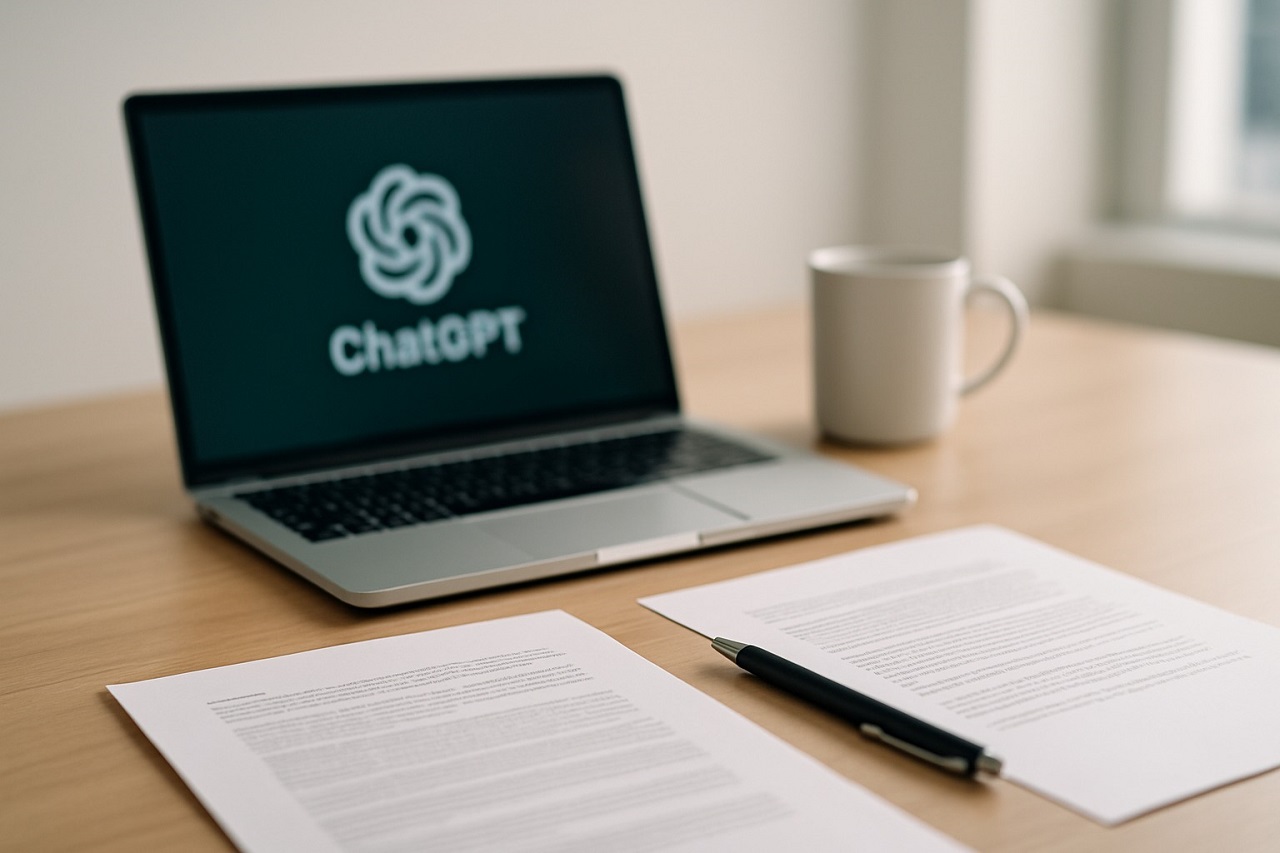In 2025, the automotive industry spans more than 100 markets, shaped by the rapid rise of electric vehicles, autonomous technologies, and shifting regulations.
As experts at Elmura Linguistics, we’ve seen that effective automotive translation goes far beyond simple language conversion. It influences compliance, product safety, usability, and brand integrity. Even small errors can lead to product recalls, user confusion, or legal disputes.
CSA Research found that 76% of consumers prefer to interact with content in their own language. Translation errors have caused financial setbacks and reputation damage across global launches.
Below, we outline the most common translation challenges automotive companies face and how to solve them.
Table of Contents
Toggle1. Managing Technical Terminology
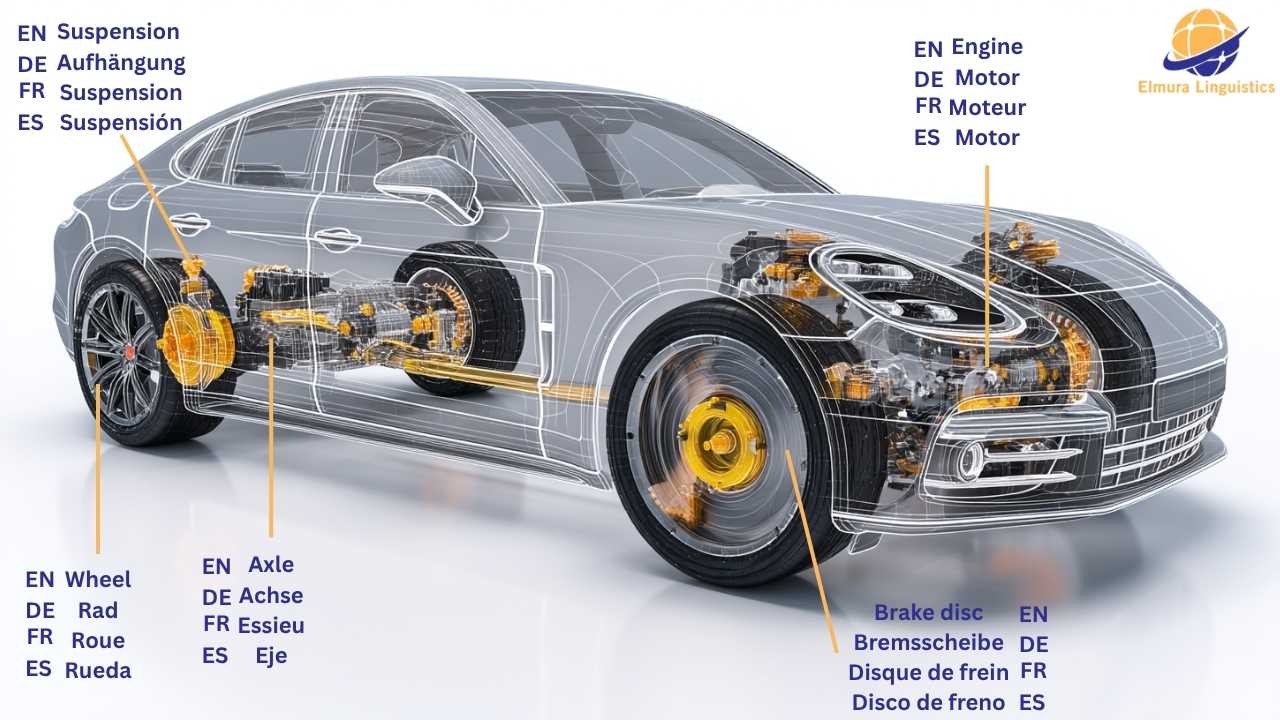
Precise and uniform use of technical terms is foundational in automotive translation. A misused term can lead to service errors, warranty confusion, or safety risks.
Terminology challenges are amplified when working across diverse languages and regional markets.
Common challenges:
- No direct equivalents in other languages
- Different names for the same feature by region or brand
- Fragmented workflows that cause inconsistent usage
Elmura’s approach:
- Maintain centralized glossaries and translation memories
- Validate terminology with engineers and subject experts
- Use CAT tools that support repeat and fuzzy matching
Consistency is key in user manuals, service documents, and safety guidelines. Our linguists ensure that approved terminology is applied across departments, countries, and platforms.
This reduces the likelihood of user error, enhances customer confidence, and improves service efficiency.
2. Disconnected Workflows and Translation Infrastructure

Many translation workflows rely on unconnected tools: spreadsheets, code repositories, and standalone translation environments. This results in inefficiency and version mismatches, especially when multiple teams are working on overlapping content.
What goes wrong:
- Updates are applied inconsistently across systems
- Teams must manually move content between tools
- Translation is delayed or deprioritized during product development
Our recommendation:
- Centralize translation in a unified TMS
- Adopt continuous localization alongside development
- Automate source and target content updates
Elmura helps clients implement continuous workflows, integrating translation into agile development cycles. This enables product teams to push regional releases simultaneously, improve consistency, and reduce time-to-market.
3. Legal and Regulatory Translation Barriers
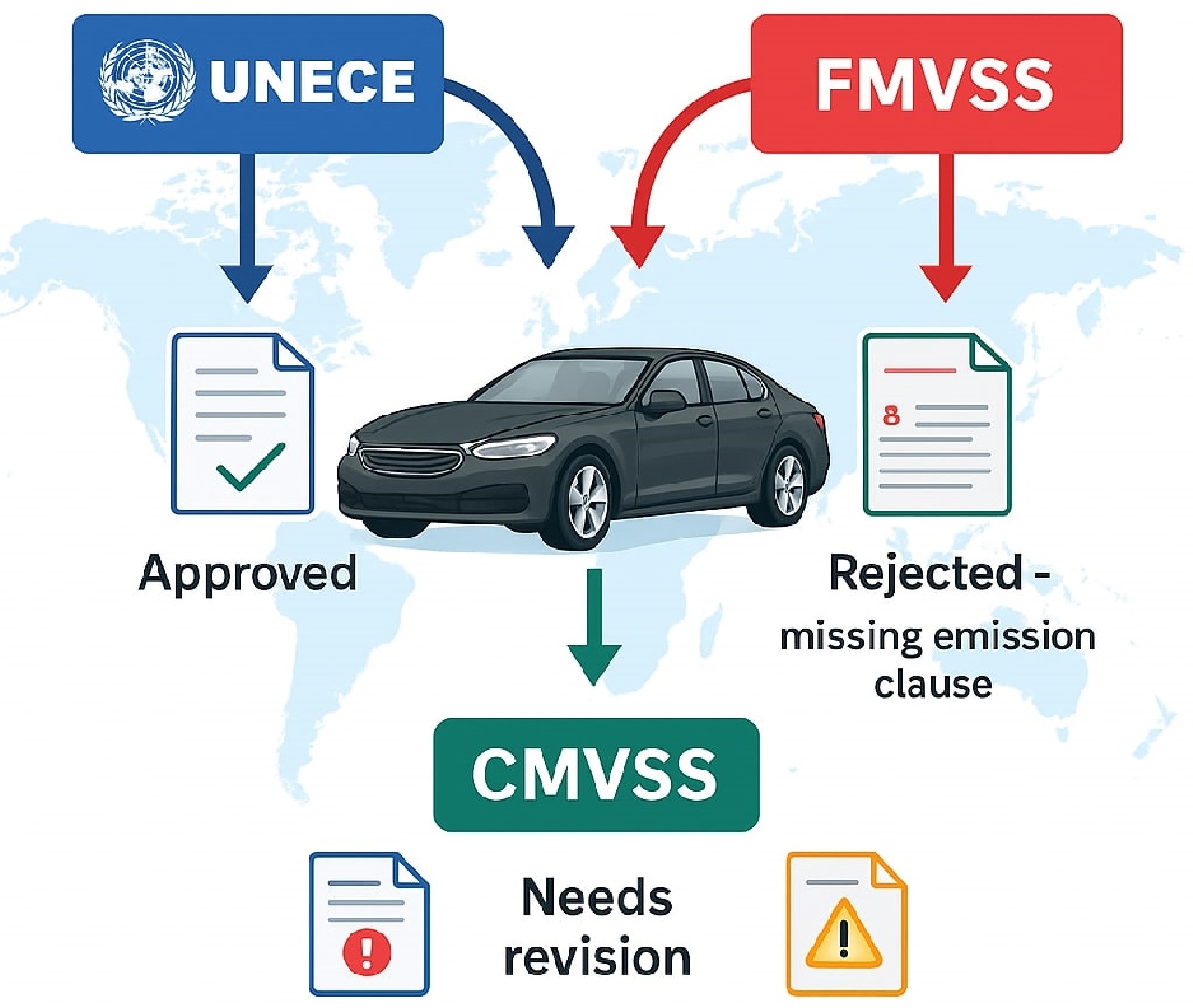
Automotive translation often includes compliance documentation, safety disclosures, emissions data, and regional disclaimers. Each market has its own legal standards and language requirements.
Missing a specific legal phrase or misrepresenting regulatory data can delay certification or trigger fines.
Frequent challenges:
- Outdated translations for updated regulations
- Misinterpretation of precise legal phrasing
- Documentation that must meet standards in multiple languages (e.g., Canada, Switzerland)
How we solve this:
- Collaborate with legal experts from target markets
- Maintain a translation memory of approved regulatory content
- Conduct legal reviews before market submission
We treat regulatory translation with the precision required by authorities and certification bodies. Whether it’s UNECE, FMVSS, or CMVSS standards, our legal linguists ensure all documentation meets jurisdictional requirements.
4. Brand Naming and Cultural Localization
Automotive branding requires careful cultural adaptation. Names that sound appealing in one market can carry unintended or offensive meanings elsewhere. These mistakes can damage consumer trust or even prevent a product from entering a market.
Past missteps include:
- Mazda Laputa: Interpreted in Spanish as a vulgar term
- Mitsubishi Pajero: Offensive slang in Spanish-speaking markets
- Hyundai Kona: Problematic connotation in Portuguese
Elmura’s strategy:
- Vet product names with native branding experts
- Analyze phonetic and regional variations
- Maintain approved naming lists with prohibited terms flagged
We apply this process not just to vehicle names, but also to infotainment features, dashboard text, and advertising slogans. Cultural vetting ensures your content is not only accurate but appropriate.
5. In-Car Interface and Software Translation
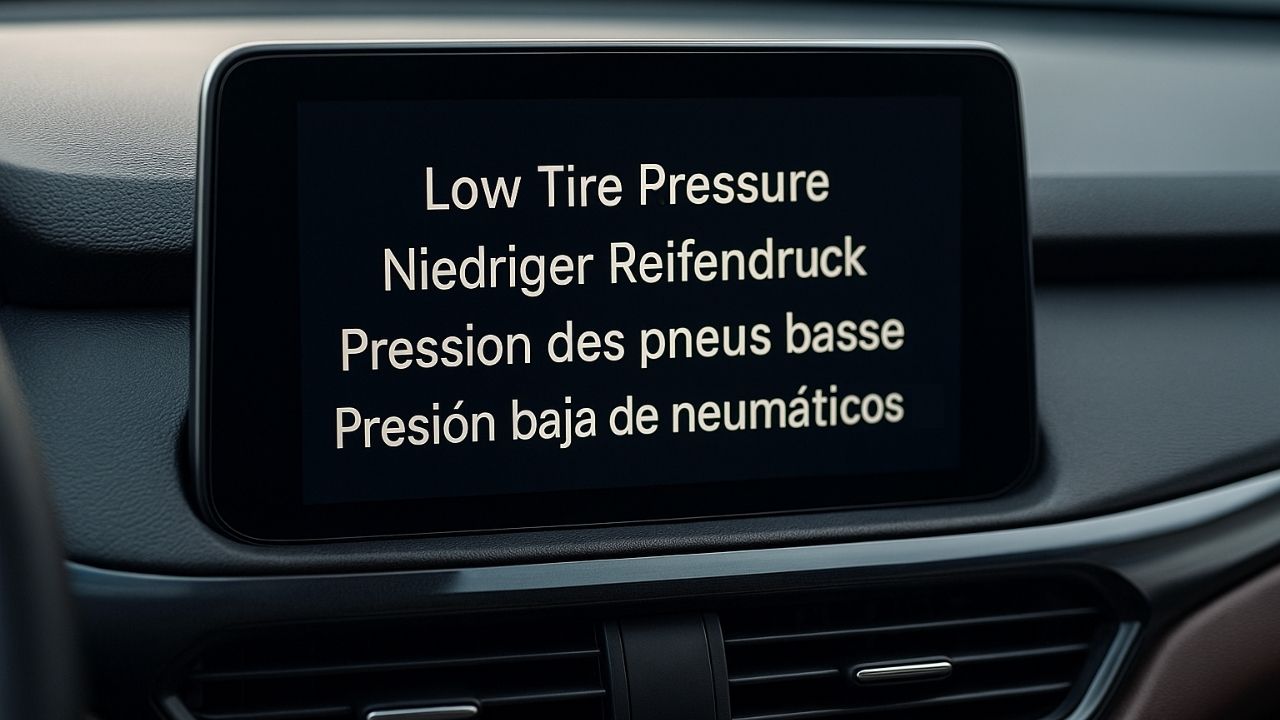
Modern vehicles include embedded digital systems for navigation, safety alerts, entertainment, and voice control. Translating these interfaces is one of the most complex tasks in automotive translation services.
Content is often made up of isolated strings, lacks context, and is constrained by limited space.
Common difficulties:
- Fixed screen space and character limits
- Ambiguous standalone strings
- Market-specific feature names
Best practices:
- Use visual string previews during translation
- Create term bases specific to UI and infotainment
- Simulate translations in software before deployment
Elmura’s language specialists work closely with user experience teams and engineers. We ensure that language choices are intuitive and usable while preserving functional accuracy.
Testing within the device environment ensures users receive instructions and feedback that are easy to follow and aligned with safety expectations.
6. Translation Technology and Quality Oversight

Translation tools such as CAT platforms, terminology databases, QA software, and translation memories have become standard in the automotive industry. Yet many organizations do not maintain or govern these tools properly.
This leads to quality breakdowns across content types and markets.
Typical issues:
- Reuse of outdated content
- No centralized term decision process
- Inconsistent QA checks
Elmura’s method:
- Schedule regular translation memory audits
- Enforce single-source terminology management
- Combine automated QA with manual review for sensitive content
These practices help eliminate redundancy, preserve accuracy, and ensure that content scales reliably across markets. For example, using outdated strings in UI prompts can create functionality errors or frustrate drivers.
7. Scaling Content Across Multiple Markets

As manufacturers expand into new countries, the volume of translated content grows.
Managing this content efficiently is vital. Product descriptions, safety manuals, mobile apps, e-commerce portals, and service documentation all require aligned translation workflows.
Challenges at scale:
- Difficulty tracking updates across dozens of languages
- Misaligned terminology across departments
- Pressure to reduce turnaround time
Elmura supports scalable translation with modular content structures and real-time tracking dashboards.
We help clients prioritize content by risk level, ensuring safety-critical content receives thorough linguistic review while less sensitive material moves quickly through automated workflows.
FAQs
Conclusion
Automotive translation involves more than converting text. It includes domain expertise, technical fluency, regulatory awareness, and cultural adaptation.
At Elmura Linguistics, we deliver translation solutions that meet the automotive industry’s real-world demands. From terminology control to in-car system localization, our methods ensure that content is clear, compliant, and functional.
By implementing centralized systems, collaborating with specialists, and focusing on context, manufacturers can reduce errors and improve the user experience across languages and regions. Automotive translation services must evolve with the vehicles they support – and Elmura is committed to leading that evolution.
